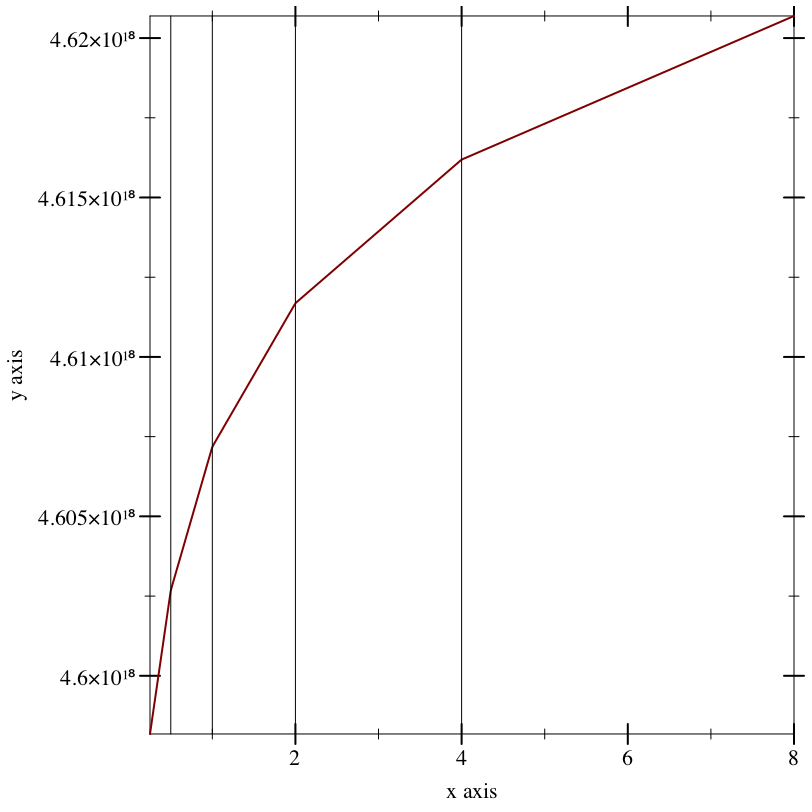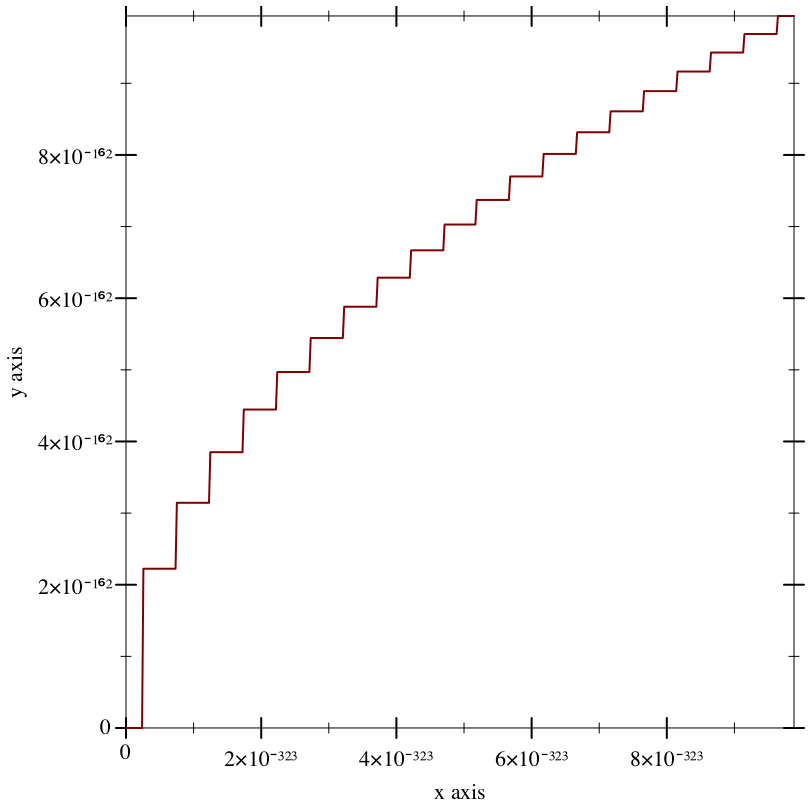Unstable Flonums: May Change Without Warning
| (require unstable/flonum) | package: unstable-flonum-lib |
You should almost certainly use math/flonum instead of this module, which is more complete and can be used in Typed Racket code.
procedure
(flonum->bit-field x) → (integer-in 0 (- (expt 2 64) 1))
x : flonum?
Examples: | ||||||||||||||
|
procedure
(bit-field->flonum i) → flonum?
i : (integer-in 0 (- (expt 2 64) 1))
procedure
(flonum->ordinal x)
→ (integer-in (- (- (expt 2 63) 1)) (- (expt 2 63) 1)) x : flonum?
Examples: | ||||||||||||||
|
Example: | |||||
|
procedure
(ordinal->flonum i) → flonum?
i : (integer-in (- (- (expt 2 63) 1)) (- (expt 2 63) 1))
procedure
(flonums-between x y) → exact-integer?
x : flonum? y : flonum?
Examples: | ||||||||
|
procedure
x : flonum? n : exact-integer?
Examples: | ||||||||||||||||
|

